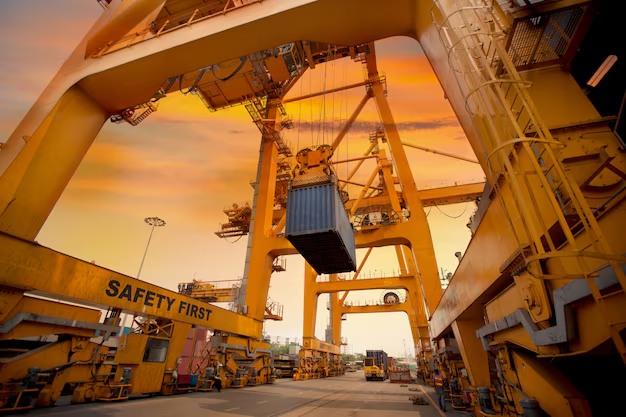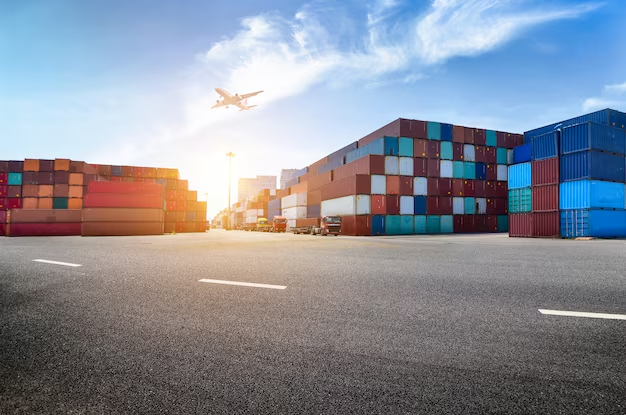
The export process is a fundamental pillar in the global expansion of any business. To achieve seamless logistics, companies must follow a meticulously planned sequence of steps. Below, we outline the process step by step, from the initial preparation to the product’s arrival at its final destination.
1. Market Research: Know Your Destination
Before starting any export process, it’s essential to conduct thorough market research. Understand the characteristics of the market you want to enter, including product demand, consumer preferences, local regulations, and potential trade barriers. This research allows you to tailor your product and business strategy to the specific needs of the target market.
Key Aspects to Consider:
- Local Regulations: Ensure you are familiar with the import regulations of your product in the destination country.
- Competition: Analyze your direct competitors and the strategies they are using.
- Consumer Preferences: Adjust your offering to align with the local market’s expectations.
2. Documentation and Permits: Comply with Legal Requirements
Managing the right documentation is crucial to avoid delays and issues during the export process. Each country has its own documentation and permit requirements, so staying informed and prepared is vital.
Essential Documents for Exporting:
- Commercial Invoice: Describes the products and their value.
- Certificate of Origin: Certifies the country where the product was manufactured.
- Export License: In some cases, special permits are required for exporting certain products.
- Transport Documents: Includes the Bill of Lading (for sea shipments) or Airway Bill (for air freight).
3. Choosing the Mode of Transport: Optimize Your Logistics
Selecting the right mode of transport is critical in export logistics. Depending on the product, destination, and delivery time, you can choose sea, air, land transport, or a combination of these.
Factors to Consider When Choosing Transportation:
- Costs: Sea freight is usually more cost-effective for large volumes, while air freight is faster but more expensive.
- Time: Consider transit times to ensure your product arrives on time.
- Safety: Evaluate the risks associated with each mode of transport and choose the safest option for your goods.

4. Packing and Packaging: Protect Your Goods
Proper packing and packaging are essential to protect your goods during transport. Poor packaging can lead to product damage, resulting in financial losses and possibly losing customer trust.
Tips for Effective Export Packaging:
- Durability: Ensure the packaging can withstand the conditions of transportation.
- Clear Labeling: Label your products correctly to facilitate customs handling and identification.
- Regulatory Compliance: Ensure the packaging meets the regulations of the destination country.
5. Insurance: Protect Your Investment
Securing transport insurance is essential to safeguard your investment. Export risks vary, from physical damage to theft. A solid insurance policy offers peace of mind, knowing you’re covered against unforeseen events.
Recommended Insurance Types for Exporting:
- Cargo Insurance: Covers damages or losses during transportation.
- Liability Insurance: Protects against third-party claims.
- Export Credit Insurance: Covers the risk of non-payment by the buyer.
6. Customs: Avoid Border Issues
Clearing customs is one of the most critical stages of the export process. To avoid delays or legal issues, ensure all documentation is in order and that you comply with the destination country’s regulations.
Tips for a Successful Customs Process:
- Professional Advice: Hire an experienced customs broker to guide you through the process.
- Document Review: Verify that all documents are correct and complete.
- Duty Payments: Ensure you comply with the payment of customs duties and tariffs.
7. Distribution Logistics: Timely and Efficient Delivery
Once your goods have cleared customs, the next step is distribution in the destination country. It’s crucial to have an efficient distribution network to ensure the products reach the final customers in optimal condition and in the shortest time possible.
Distribution Strategies:
- Local Partnerships: Collaborate with local distribution companies to optimize deliveries.
- Efficient Routes: Plan distribution routes that minimize costs and delivery times.
- Constant Monitoring: Use tracking technology to monitor the distribution process in real time.
The export process may seem complex, but by following these detailed steps, you can ensure efficient logistics without unnecessary disruptions. From market research to post-sales service, every stage is crucial to your company’s success in international markets. Don’t underestimate the importance of careful planning and attention to detail at each step.

At CEDIMEX, we understand that every detail of the export process is crucial to your business’s success. We are here to ensure everything is handled efficiently and without delays. If you’re looking for a reliable partner to guide you through every stage of international trade, contact us today. Our team of logistics and commercial experts is ready to help you take your business to the next level, ensuring your products reach their destination securely. We’re here to help your business grow globally!
